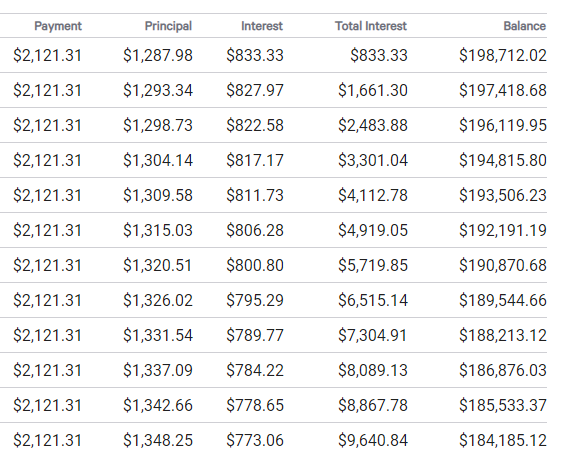How to Calculate CPLTD – Current Portion of Long-Term Debt
Current Portion of Long-Term Debt (CPLTD) is important to know if you’re a business owner. Accountants, financial analysts, and many other finance related professions deal with CPLTD on a regular basis. You may be asking yourself: what is CPLTD and how do you calculate it?
What is CPLTD?
CPLTD is the portion of debt a company has that is payable within the next 12 months. It’s presented as a current liability within a balance sheet and is separated from long-term debt.
For example, if a company has total debt of $50,000, and $10,000 of it will be paid within the next year, it’s balance sheet will record $10,000 as CPLTD (current liability) and $40,000 as Long-Term Debt (non-current liability).
Creditors and investors will examine a company’s CPLTD to identify it’s ability to pay short-term obligations. A company will either use it’s cash flow or current assets to pay these short-term obligations, so CPLTD is helpful when projecting a company’s future financial performance.
How Do You Calculate CPLTD?
For a small business, calculating CPLTD is a relatively simple process. For larger ones however, it can get more difficult. Here is an example of calculating current portion of long-term debt for a simple business:
Pretend a construction company borrowed $200,000 from a bank to finance the purchase of a new piece of equipment. The $200,000 loan has an interest rate of 5% and is amortized over 10 years. Using a loan payment calculator, this comes to a total monthly payment of $2,121.31.
Here is the loan’s amortization schedule for the next 12 months:

It’s important to note that CPLTD is made up of principal payments only. The interest portion of the monthly payment will be charged to the company’s income statement.
CPLTD is the amount payable within the next 12 months. Add the next 12 principal payments together.
$1,287.98 + $1,293.34 + $1,298.73 + $1,304.14 + $1,309.58 + $1,315.03 + $1,320.51 + $1,326.02 + $1,331.54 + $1,337.09 + $1,342.66 + $1,348.25 = $15,815
The first 12 principal payments add to $15,815.
The construction company has a current portion of long-term debt of $15,815 (assuming it has no other debt).
What’s the non-current portion of long-term debt? Look at the balance of the loan after the 12th payment on the far right side of the amortization schedule. If the company hasn’t made a payment yet, it’s balance sheet will report a non-current liability of $184,185.
Here is what the company’s balance sheet would look like:
Current Liabilities:
CPLTD: $15,815
Non-Current Liabilities:
Equipment Loan: $184,185
Is There Another Name For CPLTD?
You may be asking yourself, is there a synonym for current portion of long-term debt? The answer is yes, it can sometimes be referred to as current maturities of long-term debt (CMLTD). As a finance or accounting professional, it’s likely you will see both terms used at some point. CPLTD and CMLTD have the exact same meaning: the portion of debt that will be paid within the next year.
Does CPLTD Include Interest?
No, CPLTD should never include interest payments. As already mentioned, CPLTD is comprised of principal payments only. Interest is not considered debt and will never appear on a company’s balance sheet. Instead, interest will be listed as an expense on the company’s income statement.
